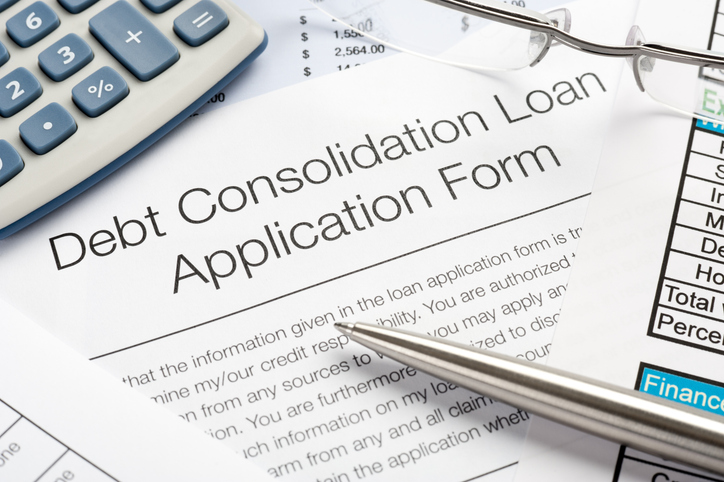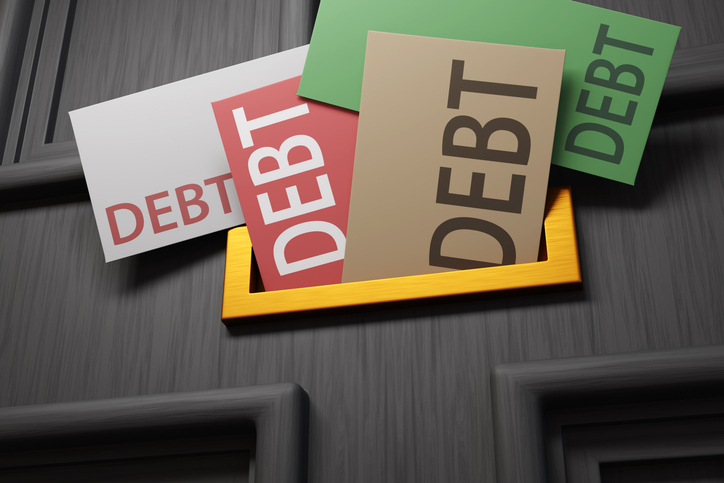The Best Way to Use Debt Consolidation for Student Loans and How It Improves Financial Wellbeing
Student loan debt can really weigh you down—and, quite honestly, juggling several loan payments can feel overwhelming. Merging your debts into one single loan might be the trick that simplifies your life and eases that financial stress. In most cases, consolidating your loans not only streamlines your monthly bills but when it is done right, it may even help lower overall costs. Here’s a more relaxed look at how debt consolidation works and what benefits you might expect.
What Is Debt Consolidation?

Debt consolidation is, at its core, the idea of gathering several loans into one combined obligation with a single monthly payment. Loan consolidation will typically go down the government or private funding path. Here are things to consider to determine which is right for you:
A) Government Option: Federal Loan Consolidation
• Many people find it easiest to continue to work with the government and integrate their loans into a single Direct Consolidation Loan which is available through the U.S. Department of Education.
• You keep valuable features—like income-driven repayment plans and, yes, even Public Service Loan Forgiveness (PSLF)—in place.
• Although no credit check is required, note that the interest rate is usually a mix (a weighted average) of your original rates.
B) Private Option: Loan Refinancing
• This alternative lets you merge private loans (and sometimes even federal ones) into one new loan, often at a rate that could be lower.
• Generally speaking, you’ll need good credit (often around a score of 670 or above) to jump in, and you end up giving up federal benefits.
• It might be better if lowering your monthly interest is your main goal and your credit rating is already solid.
Steps to Consolidate Student Loans

1) First key things to determine are the balance, interest rate, terms and note whether your loans are federal or private.
2) Next, get you credit house in order by pulling a current credit report. Knowing your current score number (around 670 is generally a sweet spot) gives you a clearer idea of whether you’re in a strong position to nab lower rates when it’s time to make a move.
3) Take a moment and really mull over what matters to you. You have to understand if you want to preserve a shot at the golden ticket of loan forgivenees, or if you want to take matters into your own hands and prioritize a low interest rate or aim for a lower payment.
4) Finally, get your paperwork in order. For federal loans, head over to studentaid.gov and submit your Direct Consolidation Loan application; for private ones, spend some quality time comparing rates and applying directly with lenders. No need to rush—taking your time to review everything carefully in most cases pays off in the end.
Benefits of Debt Consolidation

Simplified Repayment
• Consolidation turns multiple loans into one, simple, easy payment.
• With one payment, you are less likely to make a mistake and miss a due date.
Lower Monthly Payments
• You can change the dynamics of your monthly cashflow, by stretching out the repayment term. This can often lower your monthly payment burden and free up extra cash for monthly expenses.
• Private refinancing can sometimes lower your interest rate which inturn will further ease your monthly cash burden.
Access to Federal Benefits
• When you consolidate federally, you still enjoy programs like Public Service Loan Forgiveness (PSLF) and income-driven plans, which can provide tremendous savings over the long-haul.
Improved Credit Score
• Regular, on-time payments on your one consolidated loan can, over time, help boost your credit rating—a little win that builds with consistency.
Potential Drawbacks
Higher Total Interest Costs
• Stretching out your payment term might lead to paying more interest overall—even though your monthly payments look friendlier.
Loss of Federal Benefits (if Refinanced Privately)
• If you go with private refinancing, you might lose protections like deferment and forgiveness programs that come with federal loans.
No Guaranteed Lower Interest Rate (Federal Consolidation)
• Remember, federal consolidation uses a weighted average interest rate—which doesn’t always equate to saving money compared to your existing rates.
Alternatives to Debt Consolidation
Income-Driven Repayment Plans
• These plans adjust your monthly payments based on your income and family size and might be just right if you’re struggling with high payments on federal loans.
Snowball Method
• If motivation is a factor, tackling the smallest balance first can deliver that psychological boost to keep you moving forward. You knock out a payment, and then knock out the next one.
Avalanche Method
• Alternatively, focus on the highest-interest loans first to try and minimize your overall costs in the long run.
How Debt Consolidation Can Improve Financial Wellbeing
Reduce Stress
Debt consolidation is life-hack that bundles all your separate payments into one, which really cuts down on that mental clutter and shows you exactly what you owe. In many instances, it can even ease up your cash flow—freeing some extra dough that you might stash away for savings or use otherwise—which often nudges you into forming smarter money habits. Sure, it isn’t a magic fix in every case, but it tends to help clear the financial fog in a way that feels both practical and straightforward.
Debt Freedom Pathway:
Imagine retiring your loans sooner when you simplify the payment hassles and cut interest rates when you can – these simple shifts may get you to financial freedom quicker than expected. Some folks find that the whole process speeds up by reducing complications in repayment, and when a small surplus of cash appears in the monthly budget, you know exactly where to apply the extra payment if you so choose.
A Few Parting Thoughts:
It always pays to look at your situation, check out a few different paths for debt consolidation. Regardless of which route you choose, you will likely reap the financial benefits for years to come. The effort will typically be worth it.
